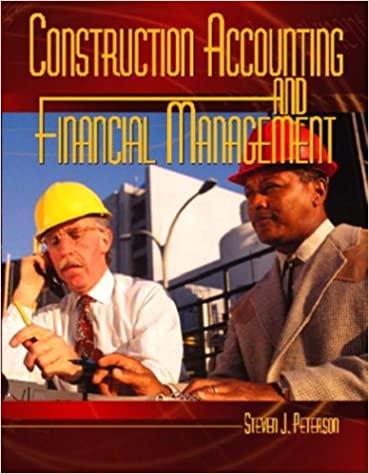Question
ead the case study about Ebikum Ltd, at the end of this question, and produce a report for Hans to help him convince others to
ead the case study about Ebikum Ltd, at the end of this question, and produce a report for Hans to help him convince others to invest in the business. This should include any actions he might take to improve the risks and rewards.
Your answer must not exceed 1,500 words.
Financial ratios must only be used for comparative purposes.
Any assumptions you make should be clearly stated.
You may wish to show any substantial calculations (such as the cash budget) in an Appendix.
Also in an Appendix, please provide a summary of the recommendations you have made, showing the location (section number) of each.
You are advised to include citations for any sources other than lecture materials. Please show in italics the material from cited sources.
Your report should have a suitable title and contain the following sections:
1 Risks and rewards of the business:
1.1 Cost structure
1.2 Budgetary control report
1.3 Statement of Cashflows
1.4 Statement of Financial Position
1.5 Cash budget for April May and June
3 Financing alternatives
4 References
Appendices You are not required to provide an abstract, management summary or introduction.
You should assume that the actual levels of income and expenditure shown in the budgetary control report for January to March, also apply for the following three months.
CASE STUDY
Case study: Ebikum Ltd.
Imagine it is now 31st March 2022.
When Hans left university, he decided to run a business selling and repairing e-bikes. In order to do this, he set up a limited company, Ebikum Limited.
He planned to deposit 500 in the company's bank account on 1 January 2022, in exchange for 500 shares, with a nominal value of 1 each. He also planned for the company to borrow 8,000 from his father.
Hans planned to rent premises for his business at 2,000 a month and lease test and IT equipment for 580 a month. He would pay 4,000 for signage and furniture.
For each of the first two months he would spend 7,500 on bikes for resale and components for repairs. In the third month he hoped to buy 7,000 of bikes on credit.
At the outset, he would hire a technician, at a cost of 2,000 a month, to do the repair work, whilst he mostly dealt with selling and administration. He would pay himself 1,000 a month in salary and planned to take further income as dividends.
He estimated that he would use 200 worth of electricity per month and expected to get the first bill at the beginning of April. He would pay 1,200, in January, for 12 months' insurance.
Other expenses paid for during the first 3 months would be:
per month
Rates 350
Utilities (excluding electricity) 300
Advertising 300
Mileage (not deliveries) 250
Each month he hoped to sell bikes for 8,700 and charge 2,500 for repairs.
At the end of 3 months he estimated that he would have inventory, of unsold bikes, which would have cost him 10,000.
He estimated that wear and tear on the long-term assets of the business would amount to about 800 a year, so they would need replacing after about 5 years (5 x 800 = 4,000).
Now that he has been trading for 3 months, Hans has produced a budgetary control report and cashflow statement for the 3 months and a Statement of Financial Position for 31st March. These are shown below.
He spent an extra 1,000 on advertising, which increased the volume of both sales and repairs by 20%.
Hanss father would very much like his 8,000 back, so Hans needs to consider how he might be able to repay the loan. He is reluctant to approach friends or relations.


Step by Step Solution
There are 3 Steps involved in it
Step: 1

Get Instant Access to Expert-Tailored Solutions
See step-by-step solutions with expert insights and AI powered tools for academic success
Step: 2

Step: 3

Ace Your Homework with AI
Get the answers you need in no time with our AI-driven, step-by-step assistance
Get Started


